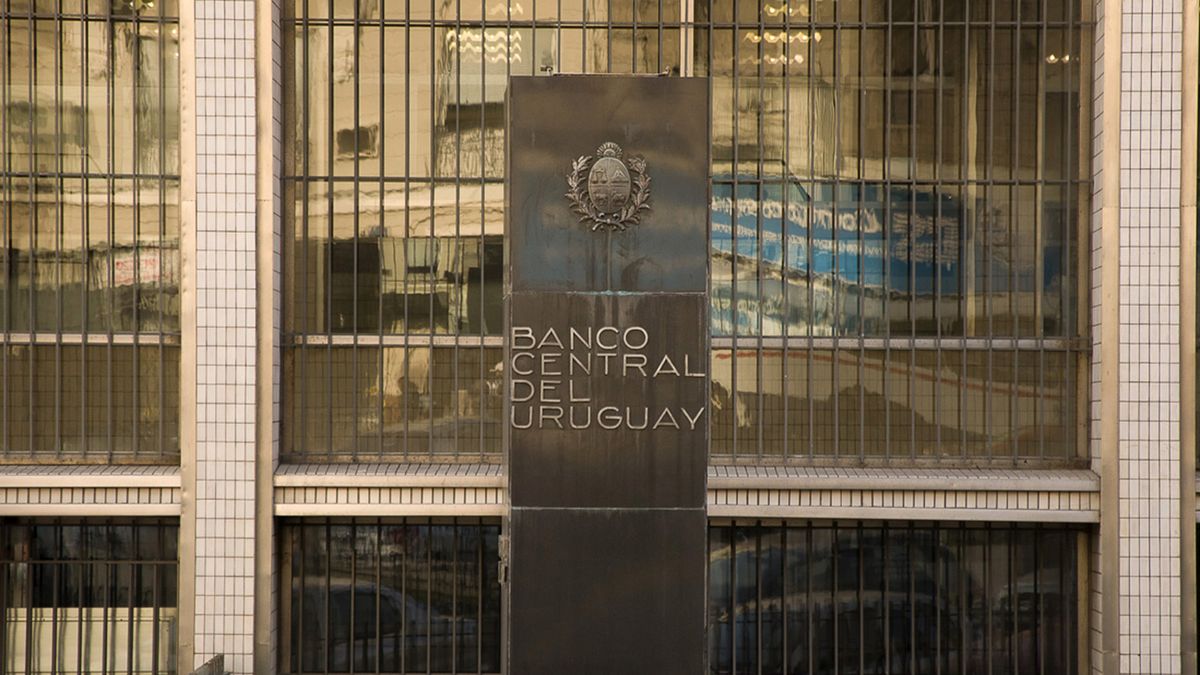Within hours of a new meeting of the Monetary Policy Committee (Copom)there is still no certainty about what will happen to the reference interest rates in Uruguay, although the general local expectation rules out the possibility of a rise, unlike what happened in other countries in the region.
The last few weeks have been full of speculation about what the president will decide to do. Central Bank of Uruguay (BCU) with the Monetary Policy Rate (MPR)which in the last update in February remained frozen at 11.50%, surprisingly, to the displeasure of many who were already expecting a drop to begin to balance the exchange rate.
With today’s meeting, a new possibility opens up for the Copom to begin responding to the demands to end the restrictive policy in a context in which the dollar remained below the floor of 39 pesos all month, and The competitiveness of the Uruguayan economy requires collaboration from the central monetary authority.
However, the regional background they push the possibility that, finally, there is a rise.
What about rates in the region?
The 25 basis point increase in rates by the United States Federal Reserve (Fed) in March, which took them to a range between 4.75% and 5% —their highest value since 2007—, pushed many central banks in the region to make the same decision, also in an attempt to control inflation which is still high on the mainland.
In that way, the Central Bank of Colombia raised the reference interest rate again, this time by 25 basis points, taking the indicator from 12.75% to 13%. The same measure was taken by Central Bank of Mexicowhich raised the rate from 11% to 11.25%.
In Argentina, for his part, he central bank decided to raise the referential interest rate by 3 points after six months without changes, so the Nominal Annual Rate (TNA) it went from being 75% to 78%.
However, and beyond the trend, Uruguayan analysts rule out that, after today’s meeting of the Copom, an increase is announced of the TPM.
What is expected in Uruguay?
For analysts consulted by scope.com, the possibility of an increase in the reference interest rates is remote, mainly due to the economic slowdown in the country, which has led it to a technical recession. “The economy is in a very different situation than last year, according to the latest GDP data, with a decrease,” he considered in this regard. Nicholas Lussich.
For Francisco Echegoyén, of the financial advisory company Gaston Bengochea, it is possible that “there will be a cut in the monetary policy rate; at 11.25% perhaps”. In the first place, due to the drop in inflation that has been experienced since September and which will continue to drop; and, secondly, by the behavior of the domestic market: in the Letters of Monetary Regulation (LRM) In the local market, one-year rates sell today at 11.37%, while the shorter one-month rates yield 11.62%. “There we see that the curve is inverted and the market already discounts that future rates of return will be lower than those of now”, he founded.
For Lussich, meanwhile, “surely the Central Bank will keep the monetary policy rate at 11.5%.” According to the analyst, “the drop in inflation that has occurred is surely now in a more moderate stage, because some inflationary pressures have arisen, such as the drought.” For him, the “match” is not over, so the Copom would be inclined to keep rates frozen in this meeting, too.
think something similar Nicholas Cichevski, from the consultant C.P.A. Ferrere, for whom it is the drought and the slowdown in inflation —and to a lesser extent expectations— “could justify a rate cut in April, but the truth is that this could compromise the goal of reining in inflation below 6% in 2024”.
Source: Ambito




